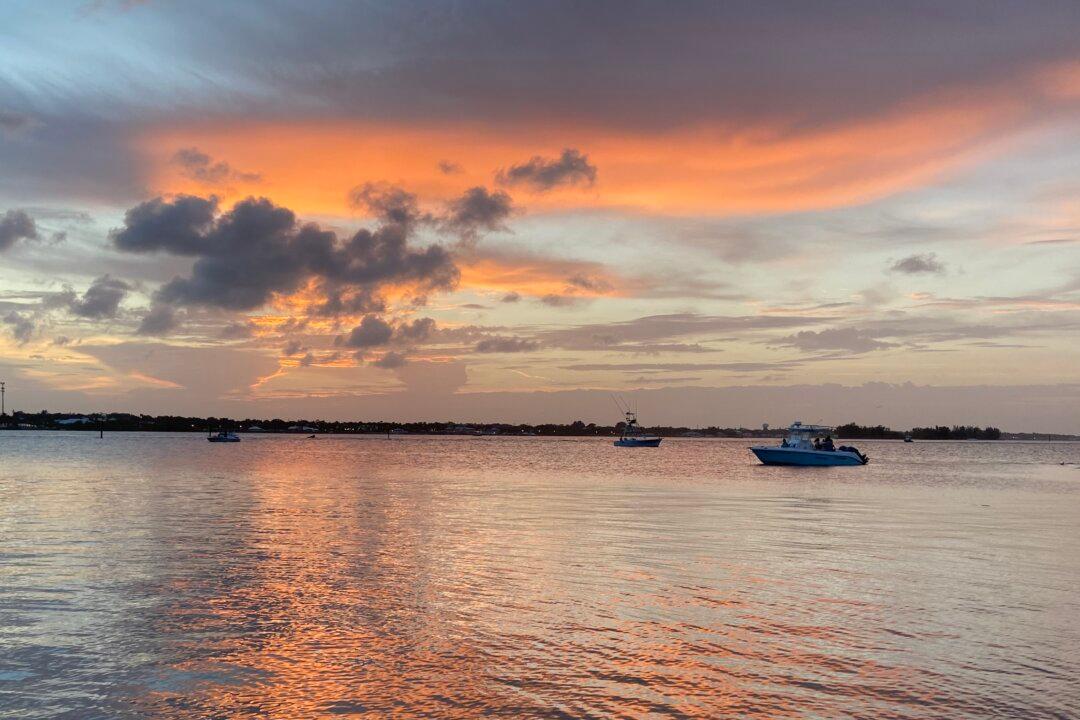Florida Gov. Ron DeSantis awarded $100 million for water quality projects to restore the Indian River Lagoon (IRL), a 156-mile-long region that comprises a third of the state’s Atlantic coastline and is considered North America’s most biologically diverse estuary.
This move comes on the heels of Executive Order 23-06, signed by Mr. DeSantis, a Republican, in January 2023.





